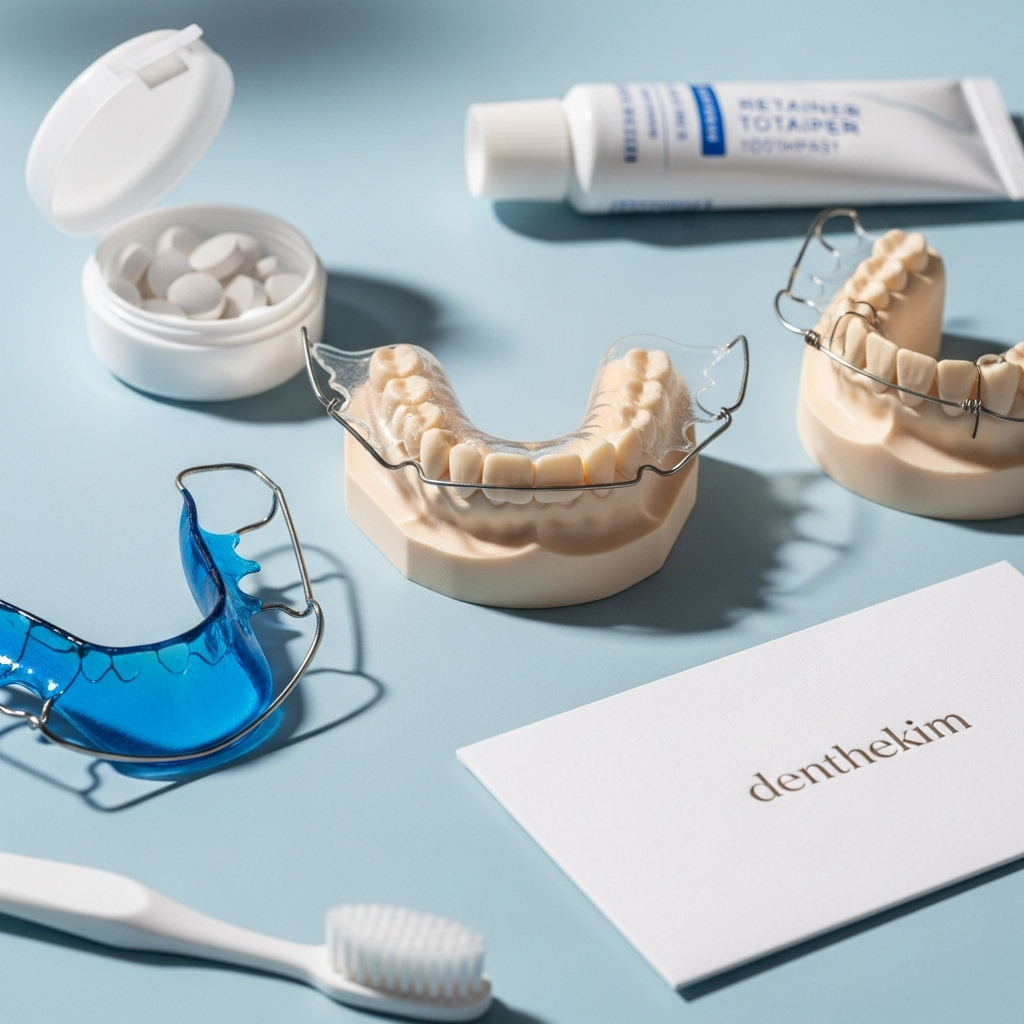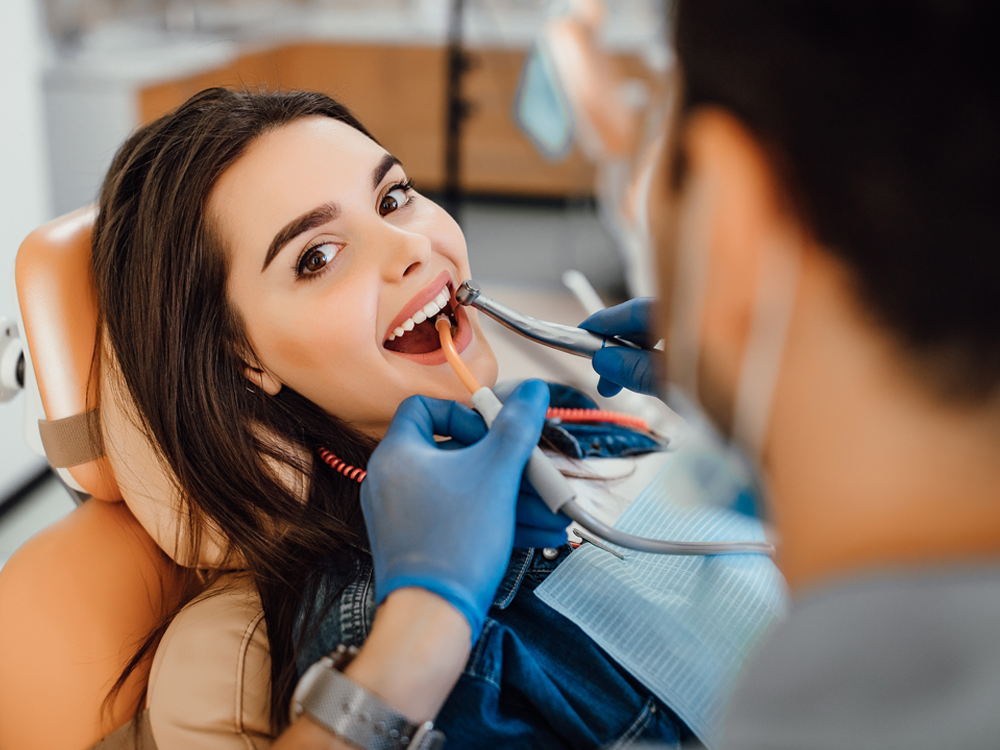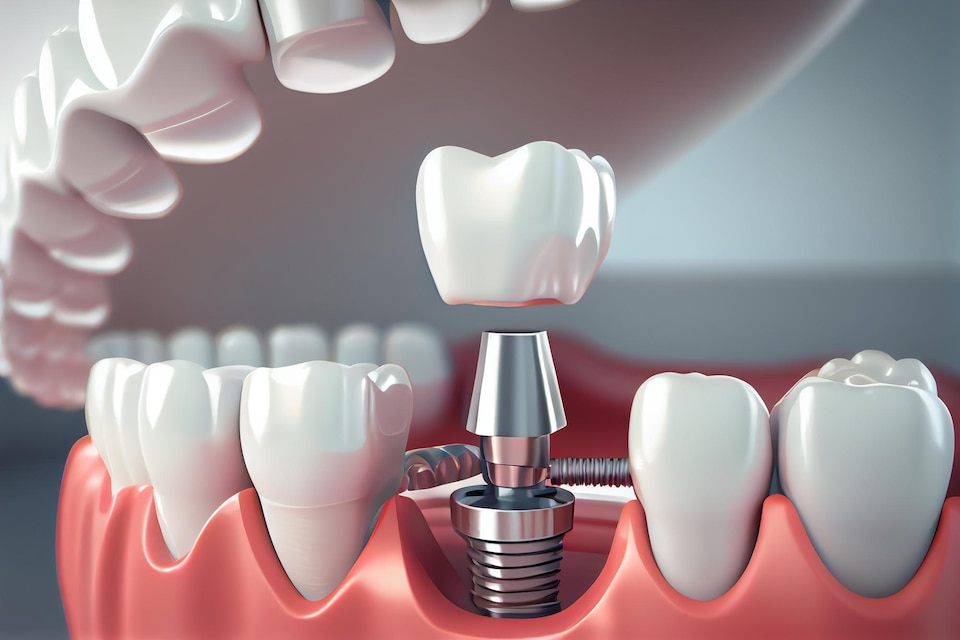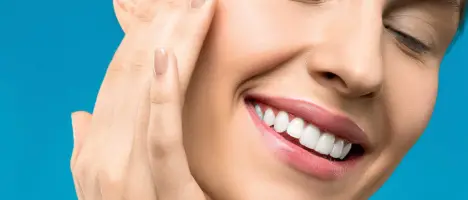Retainers: Your Guide to Post-Braces Care for Lasting Smiles


Retainers: Essential Post-Braces Devices for a Lasting Smile
Estimated reading time: 12 minutes
Key Takeaways:- Retainers lock in the results achieved by braces or aligners.
- There are two main categories: removable appliances and permanent wires.
- A strict wear schedule—full time then nighttime—prevents relapse.
- International patients traveling to Turkey benefit from in-clinic guidance and remote follow-ups.
- Budget for fabrication, replacements, and potential repairs.
Table of Contents:
- Introduction
- What Are Retainers?
- Retainer After Braces
- International Patient Journey to Turkey
- Permanent Retainer: Pros and Cons
- Risks, Contraindications, and Alternatives
- Recovery & Aftercare
- Retainer Cost
- Finding a Provider Near Me
- FAQ
Introduction
Retainers are the quiet heroes of orthodontics, especially for travelers considering dental care in Turkey, where modern clinics and experienced specialists welcome international patients. A retainer after braces is not optional; it is a custom-made appliance that holds teeth in their new positions while the supporting bone and gums settle. In simple terms, retainers keep your smile aligned once braces or aligners come off, and they come in two broad categories: removable appliances you place each night, and thin, bonded wires called permanent retainers that stay in place 24/7. Understanding how and why they work helps you plan your timeline, travel, and follow-up schedule confidently for care in Turkey or with your home orthodontist. Refer to dental retainers and your retainer services for more details.
What Are Retainers?
Retainers are custom, post-orthodontic devices designed to prevent teeth from relapsing toward their original misaligned positions once active treatment ends. After braces or aligners shift teeth into place, the surrounding bone and gum tissues need time to remodel and stabilize, a natural process during which teeth are more likely to drift. This is why specialists consistently prescribe retainers to protect your outcome. With consistent wear, retainers help your smile stay aligned long after the brackets come off. Learn about the advantages and varieties of dental retainers, explore dental retainers, or check retainer services for options.
Retainer After Braces: Ensuring Lasting Results
A retainer after braces is your insurance policy against relapse, and the wearing schedule is as important as the device itself. Most orthodontists advise full-time wear for the first three to six months after debonding—removing the appliance only for meals and cleaning—and then stepping down to nightly wear indefinitely to counteract natural shifting. Clinics in Turkey integrate this schedule into your treatment handover, offering in-person guidance before you depart and virtual check-ins to confirm fit, comfort, and compliance. If your retainer feels unusually tight after skipping wear, contact your provider rather than forcing it in, which can worsen movement and discomfort. For more guidance, see retainer services and our Complete Guide to Braces Near Me.
Your International Patient Journey to Turkey for Retainers
The process typically starts with a remote consultation: share recent photos, orthodontic records, and your goals via secure platforms. Your Turkish clinic advises on removable vs. permanent retention and outlines a timeline for digital scans/impressions, device fabrication, and fitting. One to three in-clinic visits usually suffice, with supporting documents for visas and travel insurance if needed. On arrival, you’ll have a clinical exam, 3D scans, and a retention strategy discussion. Removable retainers often arrive within 24–72 hours, while permanent wires can be bonded during the same visit. Before you fly home, you’ll receive coaching on cleaning, wear schedules, and remote follow-ups at intervals like two weeks, six weeks, and three months.

Permanent Retainer: Pros and Cons
A permanent retainer is a slim wire bonded to the back of your front teeth with dental adhesive, usually on the lower arch. Its biggest advantages are convenience and consistency: it works continuously without relying on nightly wear, and it is invisible from the front. For international patients, that “always on” stability makes sense when routines vary across time zones. Clinics in Turkey assess tooth anatomy and gum health to determine feasibility and whether to use a hybrid approach. Learn what you need to know about orthodontic retainers.
Risks, Contraindications, and Alternatives
Retainers are generally safe but not one-size-fits-all. Risks relate to hygiene and fit: removable retainers can warp if stored dry or in heat, and fixed wires can trap plaque if flossing is inconsistent. Contraindications include active gum disease, untreated cavities, or unstable bites needing additional orthodontic work. Alternatives or adjuncts include a hybrid lower fixed wire with an upper removable tray, clear aligners as maintenance devices, or limited re-alignment before new retainer fabrication.
Recovery & Aftercare (Including Remote Follow-Up)
Removable retainers may feel snug and alter speech for a few nights; fixed wires may cause minimal tongue awareness. Meticulous hygiene is key: brush twice daily, clean trays with mild soap and cool water, and avoid hot water. For permanent retainers, use floss threaders or a water flosser daily. Remote follow-ups help international patients by reviewing photos or videos to detect early changes and coordinate local care when needed.
Retainer Cost: Budgeting for Post-Braces Care
Costs vary by type, materials, and service model. Removable retainers often range in the low-to-mid hundreds USD/EUR per set; permanent retainers are similar per arch, with extra fees for repairs. Factors include premium plastics vs. acrylic, digital vs. traditional impressions, and customization. Insurance or HSAs/FSAs can help cover expenses. Turkish clinics for international patients offer transparent summaries, receipts for reimbursement, and staged payments.
Finding a Teeth Retainer Near Me: Tips for Locating a Provider
When you search “teeth retainer near me,” prioritize clinics with orthodontic expertise and clear retention protocols. Use Google Maps and review platforms to check turnaround times and aftercare. Ask about retainer types, total costs, and emergency policies like broken wire repairs. If you’re in Turkey, confirm timelines to align fabrication with your travel. Teleorthodontics can extend support with virtual check-ins and mail-order replacements if your scans are on file.
FAQ
How long do I need to wear retainers, and will that change if I get them in Turkey but live abroad?Most patients begin with full-time wear for three to six months and then transition to nightly wear indefinitely. Your Turkish clinic will document your schedule and set up remote follow-ups. Consistency matters more than geography—keep a nightly routine and contact your provider if the fit changes.
Which is better for travelers: a removable retainer or a permanent retainer?
The best option depends on habits and relapse risk. Permanent retainers offer hands-off protection but require diligent flossing and occasional maintenance. Removable retainers are easier to clean and replace but rely on nightly discipline. A hybrid approach is common—fixed lower wire with a removable upper tray—based on your orthodontist’s recommendation.
What if my retainer breaks or feels tight after I fly home from Turkey?
Do not force a cracked or overly tight retainer. Take clear photos and contact your Turkish clinic for guidance. They can advise short-term steps or coordinate with a local provider for repair. Early action prevents minor issues from becoming major setbacks.
How do I keep my retainers clean during travel and at home?
Rinse removable retainers with cool water, brush gently with soft toothbrush and mild soap, and air-dry before storage. For permanent retainers, use floss threaders or a water flosser daily. Pack a compact hygiene kit and set reminders until the routine is second nature.
Conclusion
Retainers safeguard the alignment you worked hard to achieve, whether removable, permanent, or a combination. By following a realistic wear schedule, maintaining excellent hygiene, and leveraging both in-person and virtual follow-ups, international patients who receive care in Turkey can protect their smile long after the flight home. If you are considering a retainer after braces, consult a board-certified orthodontist to create a personalized plan that fits your travel timeline and long-term goals, and Book your appointment today.









